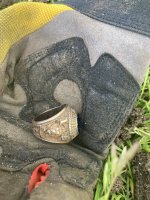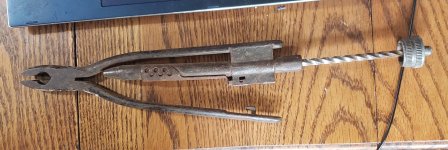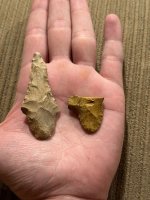1320
Silver Member
Back in 2012 Boomer made a post that made complete sense to the skeptical side of me. No one responded out loud to this thoughts, including me however, I wonder if anyone other than me is an agreement?
"part 2: if swift was smart he would never put his name near the mine. after one trip they would know how to get there.
why all the carvings? to sale land, to sale maps and it would be a way to send people looking in the wrong direction."
I try to put myself in Swifts' shoes as best I can. As a guy that makes an average living, if I discover a means of wealth, my lips are pretty much sealed. However, if I were of considerable wealth, it's likely I wouldn't give much of a damn who knew what I found. The silver just wouldn't mean that much to me. It's hard for me to imagine what it would be like in the mid 1700's, maybe you could trust others, leave clues and write journals and not worry about it. Perhaps Swift was well to do when he made his discovery.
I find much difficulty buying into the legend as it's largely told, too many holes in it for me. Is it possible that only the beginning of the tale is true, that John Swift found silver and the rest of the story just became garbage over the years?
"part 2: if swift was smart he would never put his name near the mine. after one trip they would know how to get there.
why all the carvings? to sale land, to sale maps and it would be a way to send people looking in the wrong direction."
I try to put myself in Swifts' shoes as best I can. As a guy that makes an average living, if I discover a means of wealth, my lips are pretty much sealed. However, if I were of considerable wealth, it's likely I wouldn't give much of a damn who knew what I found. The silver just wouldn't mean that much to me. It's hard for me to imagine what it would be like in the mid 1700's, maybe you could trust others, leave clues and write journals and not worry about it. Perhaps Swift was well to do when he made his discovery.
I find much difficulty buying into the legend as it's largely told, too many holes in it for me. Is it possible that only the beginning of the tale is true, that John Swift found silver and the rest of the story just became garbage over the years?








